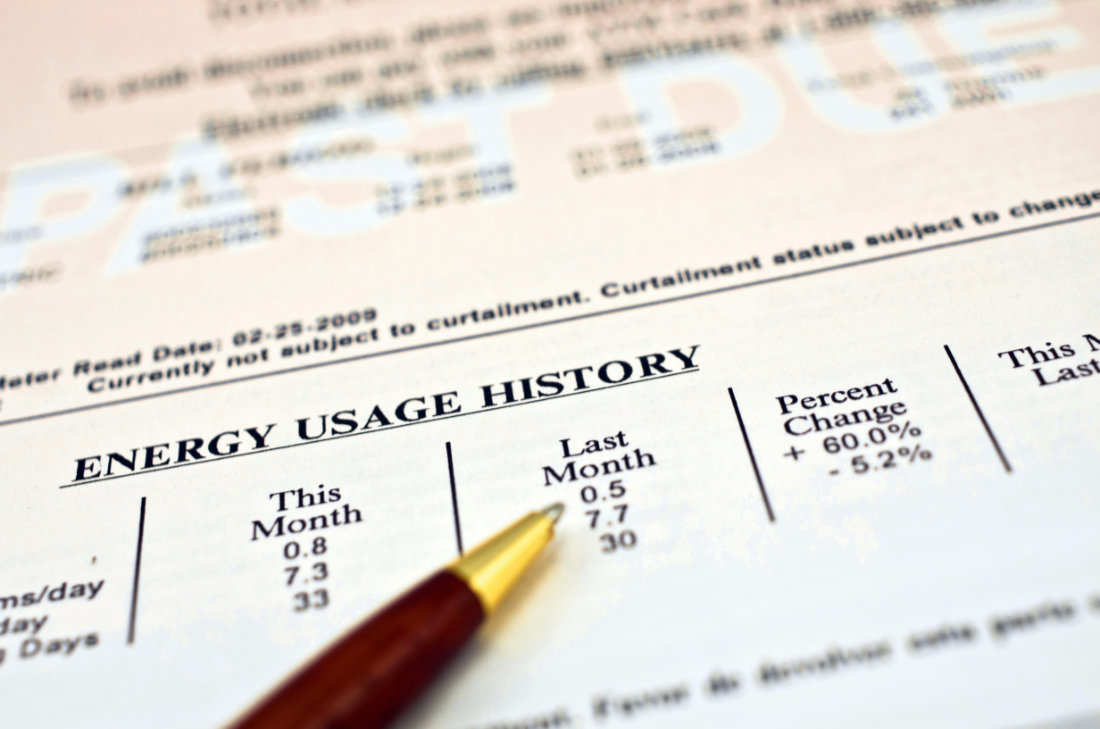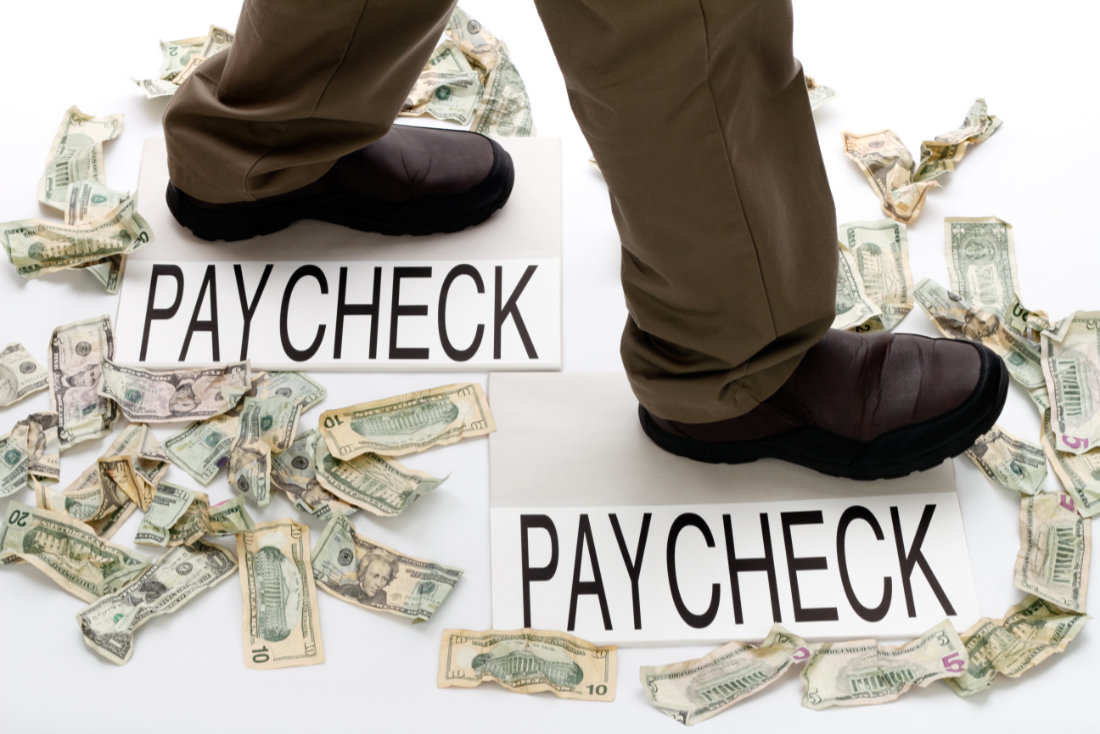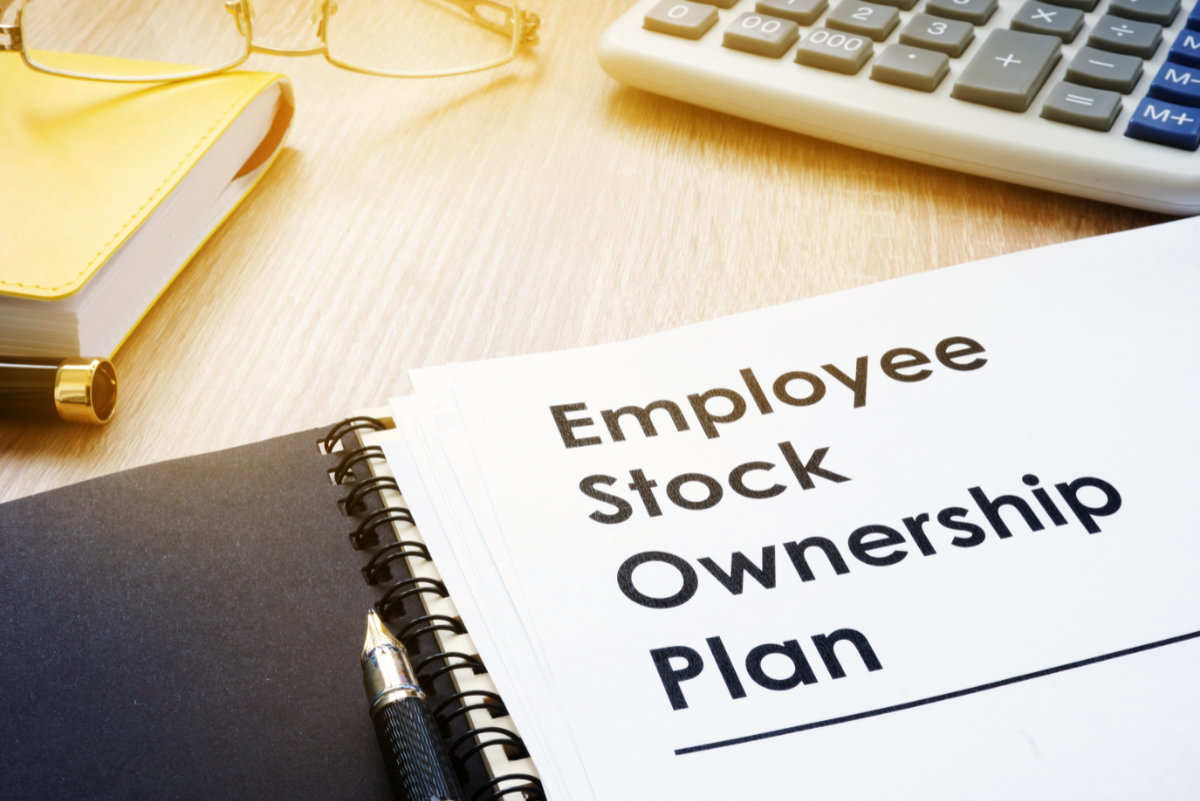Is Your Household Overspending?
September 19, 2024
Successful business people and financial experts often say that you should run your household like a business. This is good advice, since it can keep your household activities and your finances in good order. But it’s not as simple as that sounds. When you have multiple family members, not everyone may have the same money skills or inclinations when it comes to spending. What one person calls a necessary expense, another may call an indulgence. That’s all well and good, but if these disparities in financial attitudes are causing economic woes it’s time to take a closer look at possible overspending. Here are some common signs of household overspending.
You Have Little or No Savings
Ideally, there’s something left over at the end of each month to put into savings. After all, if your work isn’t getting you ahead financially, then you’re working for someone else without reaping any long-term payoffs. If your savings account isn’t growing or, worse, you have no savings at all, it’s time to assess your spending habits. Emergency funds are crucial for handling unexpected expenses like car repairs or medical bills. Without savings, you might find yourself relying on credit cards or loans, which can lead to a vicious cycle of debt.
Your Credit Card Balances Are Edging Higher and Higher
Credit cards aren’t inherently bad. They can help households get through temporary financial crunches. But if you find that you’re routinely only paying the minimum on your credit cards and your balances are increasing, that’s a sure sign of overspending. Worse, it’s a fast track to a debt crisis. Eventually, you may find yourself unable to even pay the minimum due each month.
You’re Buying Things You Don’t Need
If money’s tight, you’re not alone. Millions of people today barely have enough to get by. But buying more things isn’t the solution. Impulse buying and emotional buying will just get you into more hot water. Track your expenses for a month to see how much you’re spending and on what. Categorize your expenses into essentials (like rent, groceries, and utilities) and non-essentials (like dining out, entertainment, and shopping). This will give you a clear picture of your spending habits and help you identify areas where you can cut back.
You Don’t Have a Budget
Not always, but sometimes, people who don’t have a household budget don’t want to deal with their financial problems in black and white. If there’s no budget, then all the household spending is probably just willy nilly, and odds are good that there is overspending going on. A budget works to keep things in check so that there’s enough money to go around.
You Can’t Pay For Things That are Needed
If you find yourself putting off necessary things like dentist appointments, doctor appointments, or replacing those worn out sneakers you wear everyday, that’s a sign your household is overspending. You need to be able to pay for things that keep your family safe physically and medically. If you can’t, then you need to make some serious financial changes in your household.
Tips to Curb Overspending
Create a Realistic Budget
A budget is your roadmap to financial stability. Start by listing your income and fixed expenses, such as rent or mortgage, utilities, and loan payments. Then, allocate funds for variable expenses like groceries, transportation, and entertainment. Be realistic about your spending and include a category for savings. The goal is to spend less than you earn, so you can save for the future and avoid debt.
Use Cash More
When you use cash, there’s a definite feeling of handing over money, and being left with less in your wallet. With a card, people tend to spend more, because it doesn’t feel like “spending.” Set aside a specific amount of cash each week for non-essential expenses like dining out or shopping. When the cash runs out, you’ll know it’s time to stop spending. This method can help you stay within your budget and avoid overspending on impulse purchases.
Rethink Essentials
No one is asking you to live like a monk and do without the small creature comforts that give you joy in life. But it’s important to separate essential spending from discretionary spending. Having your hair and nails done isn’t essential, no matter how bad you are at styling your own hair and using nail polish. If these kinds of things are essential because of your career, see if you can lower their costs by switching providers or learning how to do it yourself at home.
Plan Meals and Shopping
Eating out frequently can drain your budget quickly. To save money, plan your meals for the week and make a grocery list based on your meal plan. Stick to the list when you shop, and avoid buying unnecessary items. Cooking at home is not only healthier but also more cost-effective than overpaying for restaurant meals.
Have a Family Meeting
If the overspending problem isn’t yours alone, convene with your family members. Have a detailed discussion of the problem, and ask for input from your family members. Ask them to come up with ways they can help contribute to the solution. If the ideas come from them, they’re more likely to follow through, rather than if you just tell them to stop spending so much.
Avoid pointing fingers at any one person; instead, frame it as a family problem that can be solved as a family.
Overspending can have serious consequences for your financial well-being, but it’s a problem you can solve with awareness and discipline. By recognizing the signs of overspending and taking steps to control your expenses, you can improve your financial health, reduce stress and achieve your long-term goals. Remember, the key to financial stability is living within your means and making intentional, informed choices about how you spend your money. Talk to your CPA for more ideas about increasing the health of your household spending habits.
by Kate Supino









